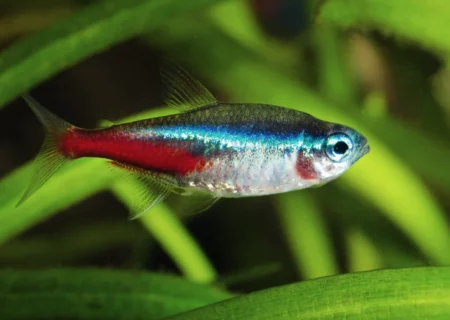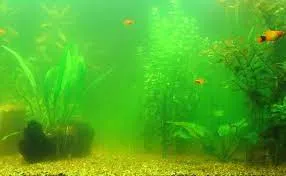Different types of fish can live together in the same aquarium, you need to be sure that a water tank can meet their diverse needs. Fishes that live together will have similar requirements and preferences, which will make it easier to keep your tank in healthy condition.
On selecting fishes, choose species that require identical tank temperatures and water pH levels. Please make sure they are comfortable and healthy in their shared waters. It is good to have fish that eat similar foods together. You can give simpler to feed the whole community.
However, at the same time, choose fish that like different swimming patterns in the tank. The tank has enough space for all species, and they spread out in the water, so they don’t feel crowded. An aquarium can be a beautiful addition to your home, especially when it is a lush, vibrant ecosystem where different types of fish swim quietly together.
What Types of Fish Can Live Together in a Tank?
If you are not careful, the fish you add to your tank can fight and kill each other. The big fish will eat the smaller ones, and the smaller fish will hide rather than explore their environment. An invasive tank can also be stressful, and if the fish do not live comfortably together, they may become more susceptible to disease due to their unstable environment.
Having a freshwater aquarium is one of the most pleasant experiences. Many marine animals choose from Betta Macrostoma, Rainbow Fish, Fantail Goldfish, Black Neon Tetra, and Guppy Fish to add color and interest to your community tank. But to add even more entanglement, there are strange-looking eels and Roseline sharks, Mexican Dwarf Crayfish, Snails, and many more. It is fun to look around the tank for your fish, frogs, snails, or other species. It’s so exciting to see their personalities come out in at least 40 gallon fish tank.
To the delight of many aquarists what fish can live together, some of following species will get to know their caretakers.
Living Behavior of Fishes
| Anglefishes | It may be aggressive to some smaller fishes like guppies and neon tetras. It is a good schooling fish. |
| Barbs | It is also an active schooling fish and avoids the housing with smaller and slower fishes especially with those who have large fins. |
| Bettas (Female) | It may be housed together with caution among peaceful fish that will not nip at their fins. |
| Bettas (Male) | It must be kept in the individual tanks or be the only betta in a community aquarium. |
| CichlidsIt can usually become aggressive and territorial in aquariums. It would be best if kept with similar size and temperament fish. | |
| Cory cats | It can be kept with most community fish of a similar temperament fishes. |
| Danios | It’s a schooling fish and their constant movement may irritate more calm fish. |
| Discus | It requires an advanced level of care due to their temperature and water quality requirements. |
| Eels | It should not be housed with small or slow swimming fishes because of its aggressive nature. |
| Frogs | It can be kept with large relatively docile fish that will not attempt to eat them. |
| Goldfish | It is compatible with other goldfishes and koi fishes. |
| Gouramis | It may become aggressive towards the same species in a smaller aquarium. |
| Guppies | A ratio of two females to one male helps to maintain the aquarium peace. It do not housed with known fin nippers like barbs and gouramis. |
| Koi | These are mostly compatible with other koi and goldfishes. |
| Loaches | Its aggressive behavior varies between loach species. |
| Mollies | This fish behaves well with other peaceful community fishes. |
| Oscars | It requires a lot of tank space, so take that into account when adding most fishes into aquarium. |
| Platies | This fish also behaves well with other peaceful community fishes. |
| Plecos | You should keep only one pleco per aquarium unless you introduced two at the same time. |
| Rainbow fishes | This fish also behaves well with other peaceful community fishes. |
| Rasboras | This fish is a schooling fish and behaves well with other peaceful community fishes. |
| Sharks | It can be kept with same size fish with the similar temperament fishes. |
| Swordtails | This fish also behaves well with other peaceful community fishes. |
| Tetras | You should keep it in same school of species. |
| Crustaceans | Some species can be aggressive toward fishes and other crustaceans. |
1) Black Neon Tetra
Black Neon tetras are omnivores. They have a tiny blue body and a clear red tail. Neon tetras are thin school fish recommended to be kept in about fifteen or more fish in one school. Tetras are perfect for adding to a social tank due to their tranquil nature.
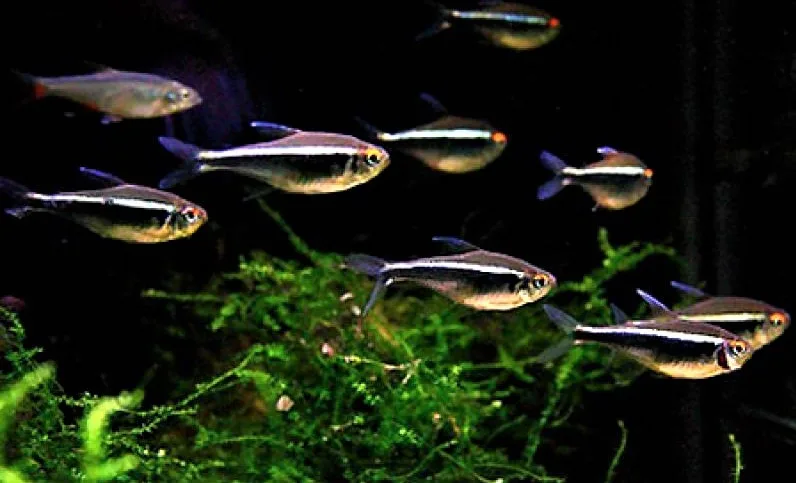
Neon tetras require less light, so they provide broader floating vegetation and sliding trees to hide. Use high-quality fish scales for this species and improve the diet with live and frozen foods. High-quality fish flakes are suitable. If you want to keep Neon tetras and bettas together, they should keep in at least 15 gallons, but 20 gallons tank size is preferable.
Also, having a large, planted tank with medium height fish plants and floating plants will give you the best chance of success. The final part of the puzzle complements the size of the open space and hideouts, making both types of fish feel safe. Neon tetras are paddle nippers, and bettas are usually aggressive. However, this does not mean that it happens every time. Many hobbies have great success in keeping the two together. Neon tetras require conditions to survive:
- Water Temperature: 20-28 ° C
- pH Level: 5.0-7.5 pH;
- Water Hardness: up to 12 ° dkH
Black neon tetras perform well in a community tank, as long as tank mates are not aggressive and large. They can live well with all kinds of peaceful fish species, such as Dwarf Gourami, Chili Rasbora, Celestial Pearl Danio, and other small tetras, as well as the Pygmy Cory and Glass Catfish.
2) Betta Macrostoma
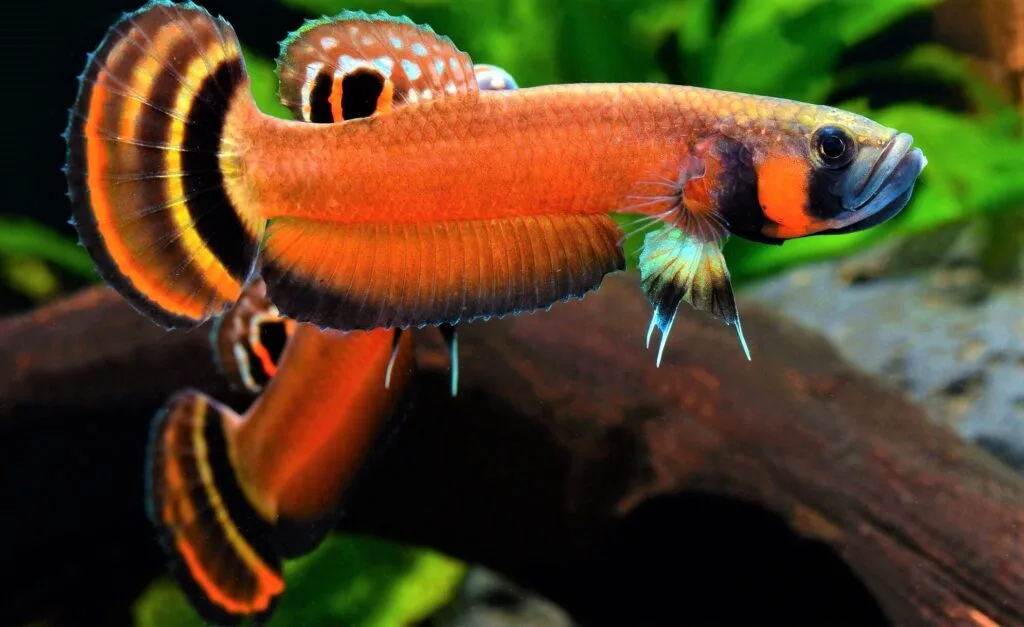
Betta macrostoma has peaceful nature but lives alone sometimes. It is better not to add aggressive nature fishes to the tank. Your tank should have dense areas of plant life and open swimming spaces. Water levels should not fluctuate a lot in your tank. Betta macrostomas are good jumpers. It would be best to use a tank with taller dimensions with a tight lid that retains them. A 20 gallon or more is a suitable choice to keep them happy.
Bettas love meat dishes. So, you can give some of your betta’s foods in your black neon tetras and not feed some of your neon tetra foods to your beta. You can use high-quality Betta pallets for your beta. You should have no problem keeping bettas and neon tetras together.
- Temperature Range: 20 – 25 C
- Minimum Tank Size: 20+ gallons
- pH Range: 6.0 – 7.0
- Water type: 0 – 5 dKH
The best fit species they can live in include Cherry Barb, Chili Rasbora, Ember Tetra, Red Tailed Shark, White Cloud, Toucan Tetras, and black neon tetra.
3) Angelfish
Angelfish are freshwater fish that are famous for their considerable bodies and color variation. Their personalities are also different and make an excellent addition to any aquarium. Angelfish are known to be precise but capable of being regional dominant.
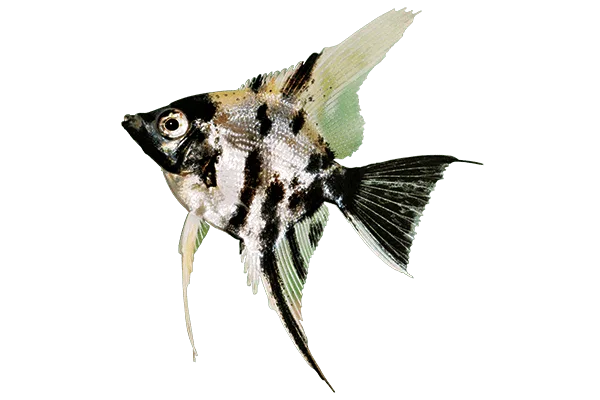
Aggression and regional behavior slow down when angelfish are bred together into six groups. They need substrate Soft and medium-grade gravel substrate and 8 – 10 hours of daylight to live healthily. The checklist below gives you some basics:
- Water Temperature: 75-80 degrees Fahrenheit
- pH Level: 6.8–7
- Water hardness: 3-8 dKH
Neon tetra and angelfish together show charming behavior. They belong to the same habitat. It will be easier to meet the tank needs of both types of fish. Angelfish can also live happily with Rainbow Fish, Kuhli Loach, Corydoras Catfish, Dwarf Gourami, Platies, and Mollies.
4) Guppy Fish
Guppies are slightly brighter and shiny. They are usually found in slow-moving streams and rivers in South America. This is due to the hanging canopies and leaf litter, the tree’s roots, and the dense vegetation found in the rivers where they swim.
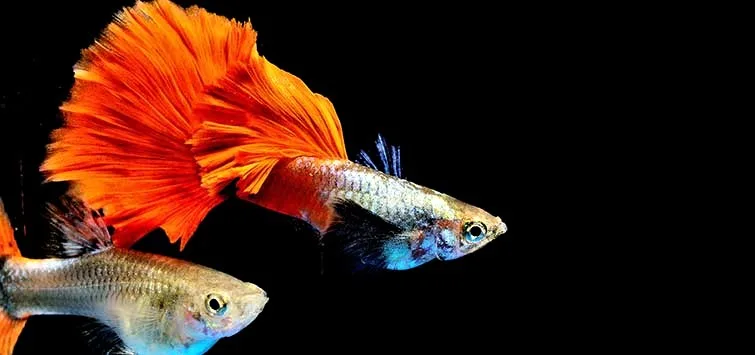
Make sure you keep them with high-quality food. Do not put them in a tank of fewer than 20 gallons. Guppies are omnipotent, so you need to give them a mix of meat and plant products. Usually contains high-quality fish flakes and granules. Black neon tetra and Guppy fish can live together, and they are excellent tank mates. However, if you are going to keep them together, make sure you add plenty of hiding places and give them enough space.
- Water temperature: 72-82 °F (22-28 °C )
- pH level: 6.8-7.8
- Water hardness (dkH): 8-12
You can keep guppy fish with peaceful tankmates like Platies, Black Skirt Tetra, Mollies, Honey Gourami, Pictus Catfish, Lambchop Rasbora, and Bristlenose Pleco.
5) Zebra Danio
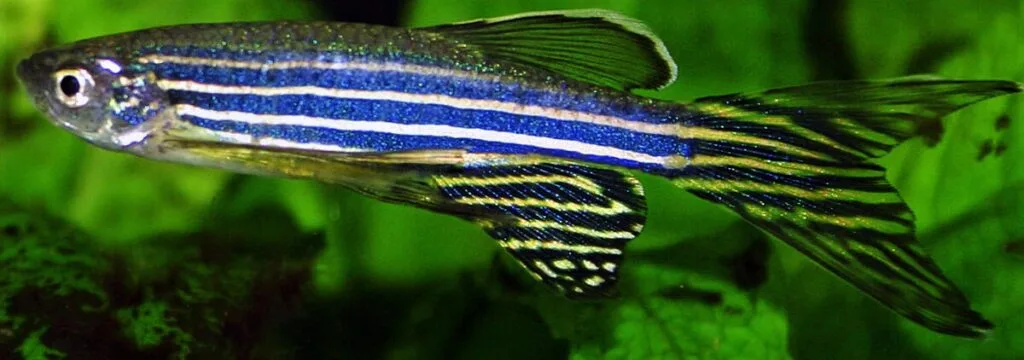
Zebra Danio can live comfortably in a colorful tank. They are unique species that give colorful life to your fishery. They are excellent choices for beginners and regular entertainers. Many danios thrive in soft water with quiet fishes.
They are omnivorous and can be quickly grown in captivity, but it isn’t easy to create a suitable place for their propagation. Adults should be separated from the eggs because they eat their eggs.
Danio’s fish can withstand the limits of temperature and hydrochemistry. They are one of the best fish to start in freshwater recreation. Please note, they become aggressive and lose appetite with some tank mates in the water tank. Zebra Danios can cope with any filter you provide in a tank. But the HOB filter (hung on the back) is recommended. They are jumpers, so you need to cover your tank to protect them. If you give them a spacious and sound environment, you can have healthy zebra danios. It is comforting to set up an excellent tank for the fish to be clean and healthy.
- Water Temperature: 65 and 77 degrees Fahrenheit
- pH level: 6.5 to 7.2
- Water hardness: 8-12 (dkH)
Zebra danio performs well in living with All Barbs, Rainbowfish, Royal Pleco, Dwarf Gourami, Clown, Yoyo Loach, Red tail Shark, Swordtails, Snowball Pleco, and Corydoras Catfish.
6) Goldfish
Goldfish are naturally like social environments, and they are happy in the company of other tank mates. These fish need social interaction. Otherwise, they get bored in the tank. Researchers say that goldfish may begin to show negative behaviors when they feel lonely and bored. A boring goldfish is less likely to function than one that is truly happy in a life situation. Individual goldfish show signs of laziness. This behavior is like depressive symptoms in humans and some brilliant animals.
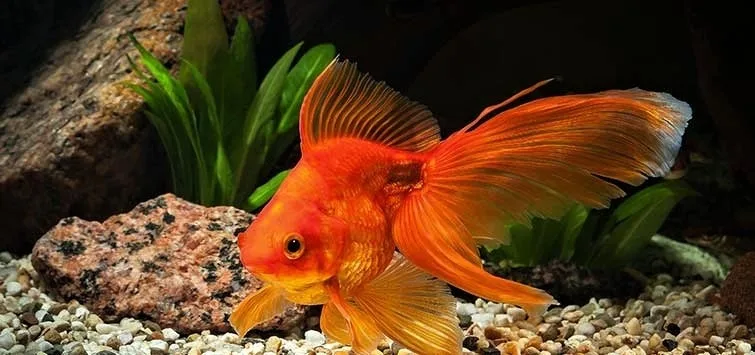
Goldfish are very quiet but sometimes not very bright. Aggressive social fish like cichlids will avoid them because goldfish have no idea of the territory.
- Water Temperature: 15-23°C
- pH Level: 6.0-8.0
- Water Hardness: KH 70-140ppm
The Goldfish tankmates are Dojo Loach, White Cloud Minnows, Rosy Barb, Dwarf Gourami, Zebra Danios, and Banded Corydoras.
7) Dwarf Gourami
The dwarf gourami is a freshwater fish having a peaceful and shy nature. If you have a pair of gouramis, the two fishes will swim together happily. Gourami will be 2 inches dwarf and Honey Gouramis to 3 feet monster Giant Gourami. All are found in South and East Asia, and they breathe somewhat air because they are found in slow-moving or low oxygen stagnant water.

Bettas and Paradise fish belong to the same family and can be considered a species of gourami. They create bubble nests to grow eggs and fry live inside. Dwarf gouramis are beautiful little fish with flashy colors that wouldn’t look out of place in a reef tank. They are also very adaptable with other tankmates and easy to feed.
- Water Temperature: 75-82°F
- pH Level: 6.0-7.5
- Alkalinity: 4°-10° dGH
Ideal Dwarf Gourami tank mates are Chili Rasbora, Mollies, Swordtails, Platies, Yoyo and Kuhli Loach, Bloodfin Tetra, and Catfish such as the Pictus Catfish and Glass Catfish.
